One Man’s Special Interest
Each of us has one or another special interest, and I’m often teased because I have three (and they are all reflected in the posts in this personal blog). The “most special” (?) is my fascination with opera. Anyone who knows me quickly learns that my love of opera (and of most classical music) comes forth often. My second special interest is l’art nouveau, which we in the States call simply Art Nouveau. Whenever I can, I travel to see examples of this very beautiful international art, architecture, applied art, and decorative arts style.
And the third? Well, if you’ve been reading these posts over the sixteen years they’ve been published, you already know my third special interest: it’s elephants. For years, my interest in elephants has lead me into all sorts of adventures. Not dangerous (I’m not a hunter, except with a camera), but I do love elephants, and over the years I learned much about these magnificent beasts. And I’ve come to admire them very much.
So on August 12, people like me (and hopefully you) will observe World Elephant Day. Formalized only in 2012, this annual celebration of the elephant is the combined effort of many philanthropic and scientific groups working together. Their goal is to create interest in how we – citizens of the world – can work together to help conserve and protect elephants from the numerous threats they face. Many participants make a specific effort on this special day to think about these splendid creatures and how much joy and beauty they bring to the world.
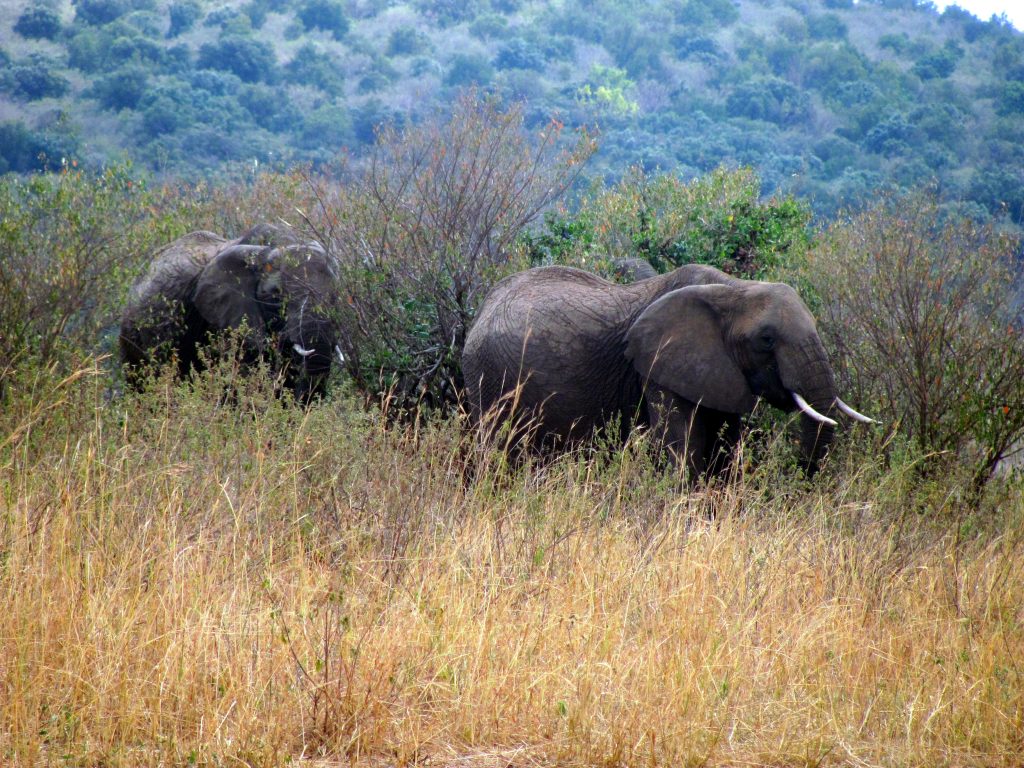
I’m one of them, even though my experience with elephants has been (and continues to be) mostly at a distance. I am not a scientist or have anything to do with natural history studies, and I’m not active with any philanthropic organization that supports such efforts. I just love elephants. I love to think about them. I love to watch them when I have the opportunity, whether I’m traveling on safari or just visiting a zoo (though I am pleased to see more and more zoos recognizing that the public display of these beautiful and intelligent animals may not serve the elephants’ best interest). I respect elephants very much, and it gives me great pleasure just to enjoy seeing how they move about. Doing so gives me the opportunity to be thankful that they are still with us here on this planet.
And how did my love of elephants come about, this character trait that seems to amuse so many people I meet? For one thing, I had wonderful opportunities to spend time in two countries where elephants – although jeopardized by poachers and other situations affecting their future – are generally respected. I had the great privilege in my career to have several jobs in Africa, in South Africa and in Kenya. Following one of my jobs in South Africa, I was able to go off on a fantastic safari throughout Kruger National Park, and my introduction to a herd of elephants there was nothing less than spectacular.
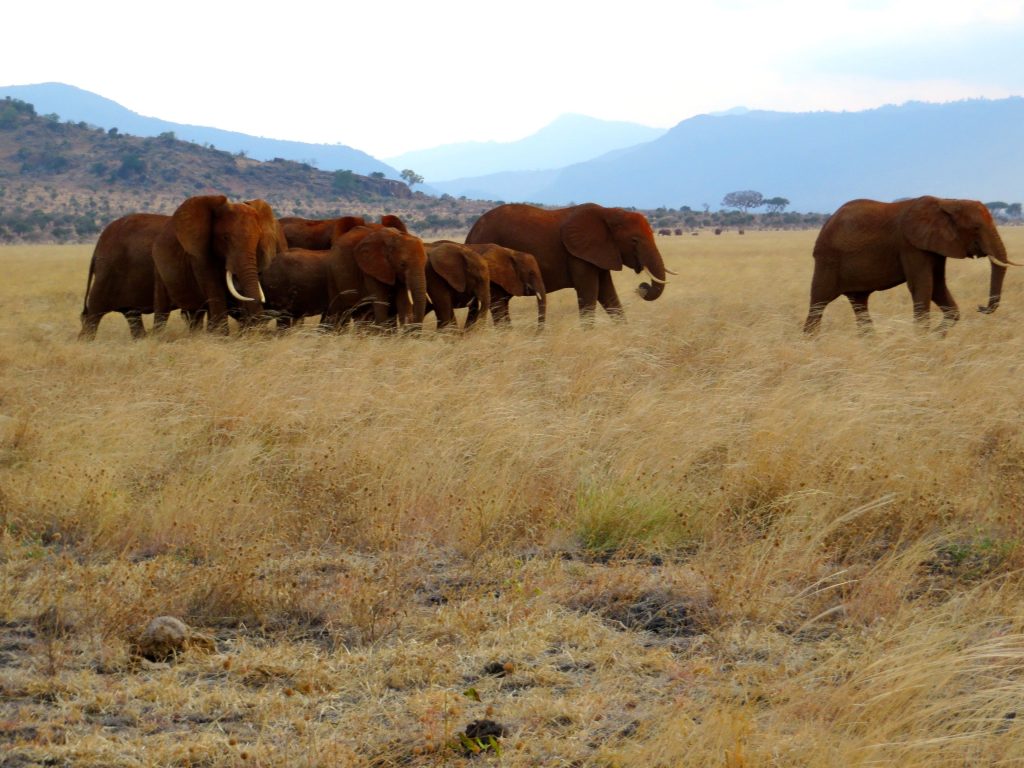
When I lived in Kenya, I had the opportunity to visit almost all of that country’s national parks, even returning later for more visits when friends and I came on safari to that beautiful country. And always I had as my driver (and a man who quickly became my best friend) Charles Masese. Charles is a natural-born guide, and he loved taking visitors to the different national parks. He was the animal spotter par excellence, becoming – for me – a splendid companion and teacher as I came to know about (and love) the elephants; in fact, it was rather uncanny, for he could spot elephants far, far away and then carefully drive our van as close to these great animals as he could get us. Sometimes our adventures were a little scary (and we did get chased by bull elephants a couple of times, but with Charles driving, we could out-run them) but they were, if nothing else, adventures.
My interest in elephants seems to be primarily focused on their family groups, and what they accomplish as families. I’ve studied (and sometimes written about) the importance of family to the elephant, and it is something beautiful to witness. With their unique – and undecipherable to humans – communication skills, they give us much to think about in the way these families live, either as individual groups or in groups of families as herds. And as we look at the elephants, it soon becomes clear that they enjoy being together in their family groups.
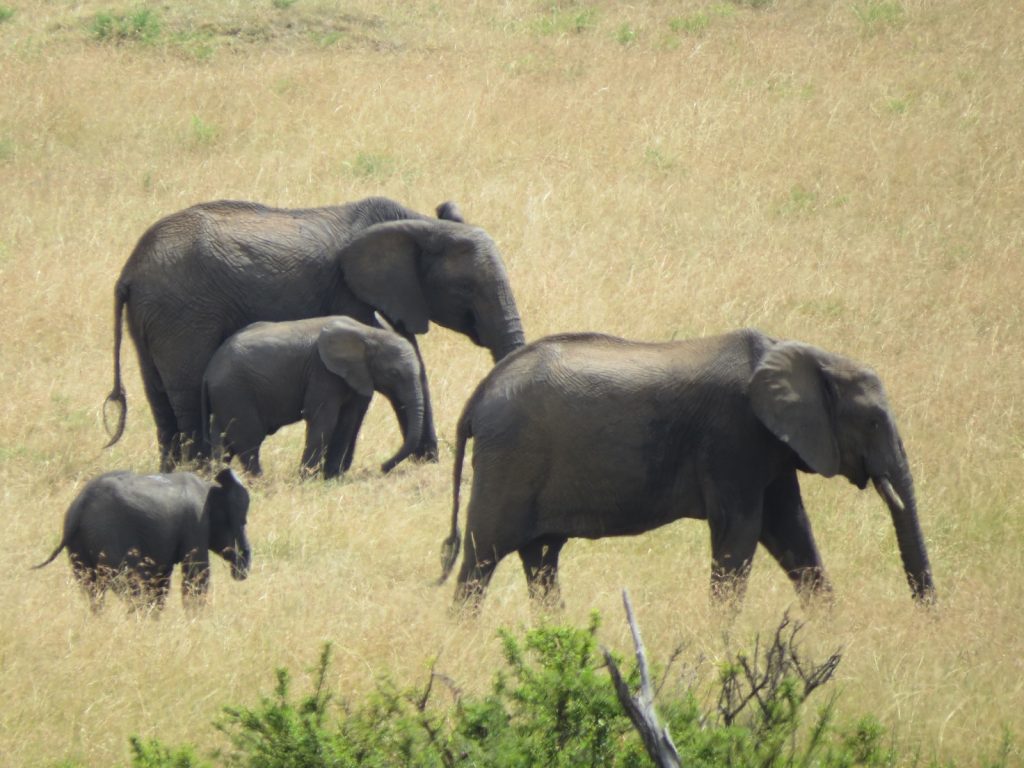
They also seem to be on the move all the time – or most of the time. Sometimes they slow down or just stand for a while, and there are occasions when they just need to rest (they can grow to 13,000 pounds and that’s a lot – of course they need to rest!).
One of the things I liked to observe when I was in the wild with the elephants was the sweetness and calmness they seem to project. Sometimes it’s almost as if there’s some sort of aura about them. No matter how big they are and how potentially destructive they can be (when they are threatened) these great animals do – it seems to me – enjoy a very peaceful and quiet life. And it’s especially noticeable when they are in the open fields (so I assume that when they’ve gone deep into the forest for the night it’s also quiet and calm for them).
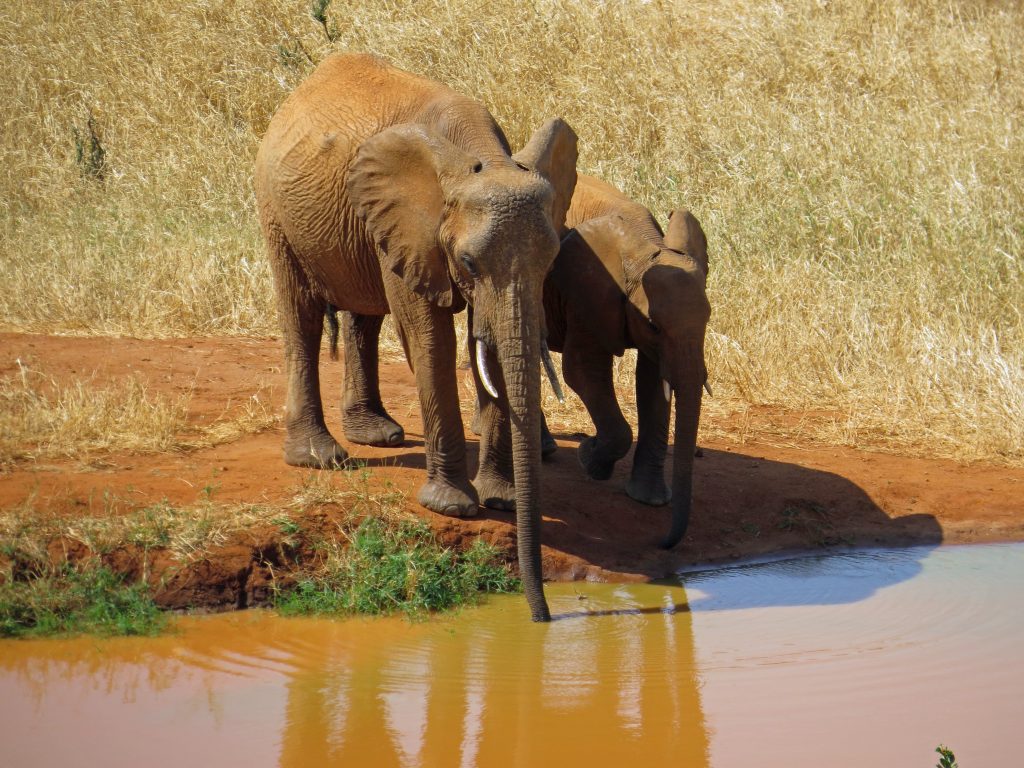
Another joy is watching the interactions between the female elephants and the younger elephants in the herd. When they come near a water hole, it is not unusual to see a mother and child move up to the water and share a drink. In these matriarchal families, the females form strong bonds that are not necessarily limited to their own families. The elephant families, too, form bond groups and, if the groups grow, even form clans or clan-like groups, with specific numbers of members, strengthening the social environment for the families.
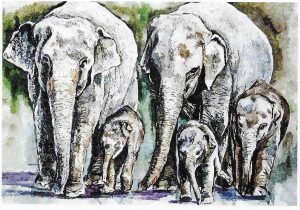
And now, to switch gears drastically (and to give me the opportunity to share one of my favorite elephant images), I can share that some of what we’ve learned about elephants and their ways of living and working together have lessons for us humans, even in our workplace and professional lives. This image came to my attention on the cover of the summer 2019 issue of Leader to Leader, the award-winning quarterly publication of the Frances Hesselbein Leadership Forum. As noted in the introduction to the issue, the artwork in this watercolor by Ehay Dy illustrates the special ability elephants have to nurture their young calves, teach, and share the collective’s history, all concepts that relate to how leaders can collaborate with their peers, show respect, and share their experiences with others. As it happens, the loose watercolor style on paper is friendly and warm and speaks to the natural beauty of these stunning animals we’re thinking about on World Elephant Day this year. Walking side-by-side, leading, caring, and supporting each individual in the herd – the image is nothing less than a lesson and model for all, a powerful gesture that proves valuable for all who practice leadership.
This is very kind of you Guy. I personally know you and I know how much you love elephants and as I join you in celebrating this important day tomorrow, I want to urge everyone of us no matter where you are to please do all we can to protect these animals and safe them from extinction.
Thank you very much for mentioning my name in this post, I feel humbled. But you forgot to say that because of your love for elephants and your good memory which is as good as that of an “🐘” you got a nickname from Kenya” Bwana Tembo” which means Mr elephant in Swahili language 😀
Adele Johnson of St. Louis MO writes:
You are right elephants are amazing animals!
Dellie
Marcie Stone in Seattle writes:
I’m so glad to see that you’re still going strong! And combining your interests in travel and Art Deco, here’s an article about Riga, which is THE center of Art Deco architecture. We were there a few years ago and it’s an adventure in beautiful facades and creative plaster moldings! https://thenorthernvox.com/art-nouveau-in-riga/ Enjoy!
Ramon Padilla in New York NY writes:
Knowledge Services and elephants, in no particular order!
Nara Altmann in Denver writes:
Now I am curious! I want to find out about the #elephants too!